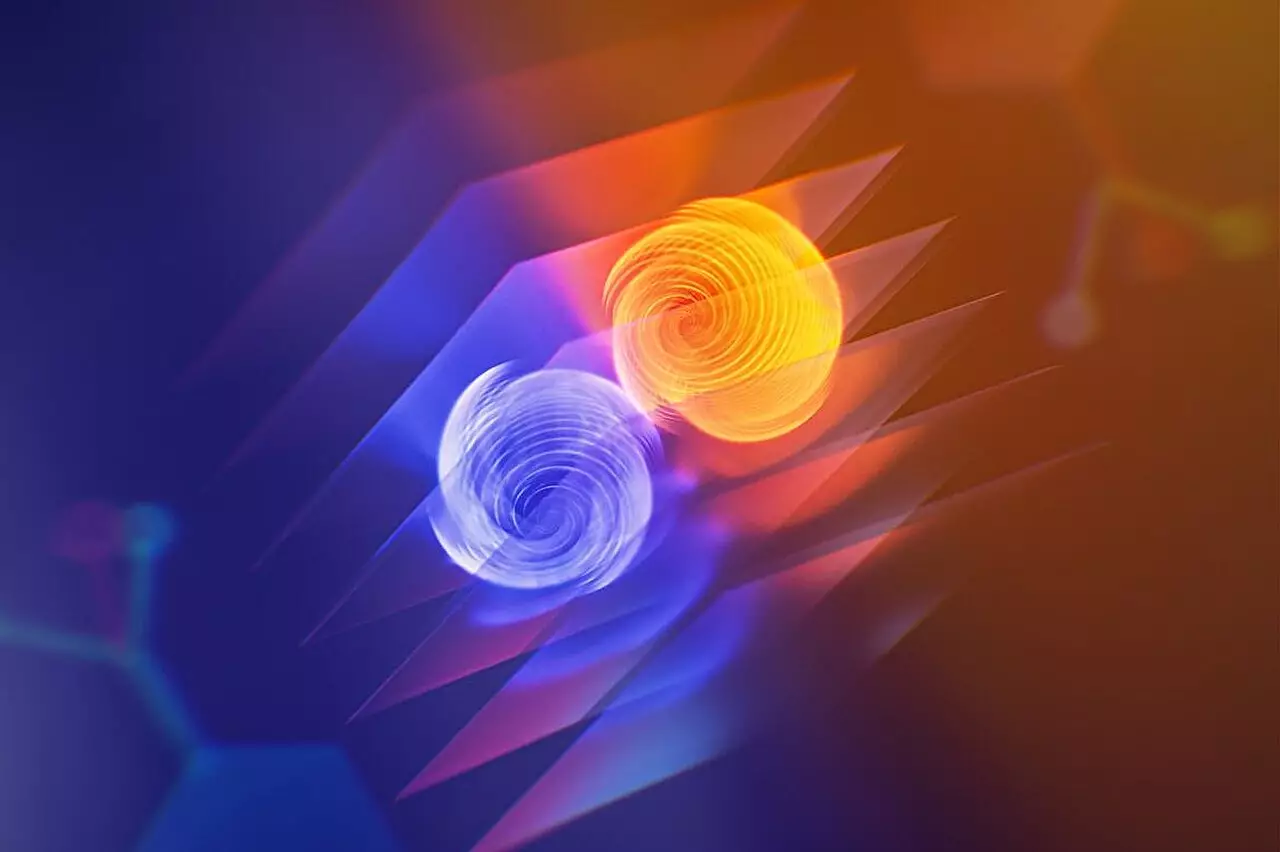In a remarkable scientific achievement, a team of researchers from the California NanoSystems Institute at UCLA has unveiled a hybrid material creating waves in the realms of superconductivity and quantum computing. This innovative composite, derived from a traditional superconductor, defies established norms, suggesting transformative applications that could elevate quantum technology to unprecedented heights. Superconductors are materials that allow electrons to traverse without resistance when subjected to extreme conditions, typically very low temperatures. However, the newly designed material not only retains this zero-resistance property under conditions that would normally disrupt conventional superconductors, but it also operates effectively in significantly stronger magnetic fields. This could signal a new era in the development of quantum computing—a technology poised to revolutionize everything from cybersecurity to complex simulations of physical phenomena.
The Superconducting Diode Effect
One of the most profound discoveries associated with this newly synthesized material is the observation of the superconducting diode effect. This phenomenon allows for distinct electrical current capacities depending on the direction of flow; while conventional superconductors falter when currents are passed in both directions, this groundbreaking material demonstrates a striking capacity for handling asymmetric current. Such a feature promises to enhance the operational efficiency of quantum circuits significantly. In quantum computing, where the subatomic behavior of particles governs operations, the ability to manage current direction can be the difference between a functioning qubit and its collapse into classical binary states.
This finding broadens the horizon for superconducting technologies, presenting exciting possibilities for more robust and reliable qubits—essential components in quantum computation. By allowing current to flow preferentially in one direction, we could see an increase in the stability of qubits, addressing one of the central challenges that has hindered the practical realization of quantum computers.
From Theory to Practice: Chiral Superconductors
The significance of this research lies in the exploration of chiral superconductors. Unlike conventional variants, which abide by strict symmetrical rules affecting the behavior of electron pairs, chiral superconductors exhibit a fascinating twist in their atomic arrangement and electron movement. In these materials, electrons can “entangle” in a manner that permits parallel spins—a deviation from the traditional antipodal spin configurations. This unique trait not only allows for the potential design of new types of electronic devices but also introduces the possibility of engineering qubits that retain their quantum state longer, thus enhancing performance.
In the quest for these elusive materials, the UCLA team ingeniously fashioned a layered lattice, utilizing tantalum disulfide as one of the core components. By strategically alternating layers—one conventional and the other “chiral” in its atomic structure—they explored how to coax traditional superconductivity to mimic chiral properties. This innovative paradigm could bridge the gap between rare chiral superconductors and more accessible materials, opening doors to the practical implementation of quantum technologies.
Applications Beyond Quantum Computing
While the impacts of this research are most directly related to quantum computing, the implications stretch far beyond, promising enhancements in everyday electronic devices and communication technologies. The superconducting diode effect enables faster and more energy-efficient operations, catering to the demands of advanced computing systems that require high performance at minimal energy costs. Applications could even extend to extreme environments, like those found in deep space missions, where traditional electronics would struggle to function.
Moreover, the potential applications of this technology extend into realms like artificial intelligence, as faster and more reliable computing systems can lead to the development of supercharged AI models. Presumably, this could revolutionize how models learn and operate, impacting fields such as healthcare, transportation, and financial markets. The cascading effects of such a breakthrough could redefine industries and consumer technologies alike.
The UCLA team’s pioneering work exemplifies the convergence of material science and cutting-edge quantum theory. The extraordinary innovations brought forth in this study underline how harnessing unconventional properties of superconductors can advance both quantum computing and conventional electronics. With further research and development, we stand on the brink of an era that could reshape our technological landscape, making way for innovative solutions that were once confined to the pages of science fiction. The future is undoubtedly bright for these new technological marvels, showcasing the undeniable potential awaiting exploration in the world of superconductivity.


Leave a Reply